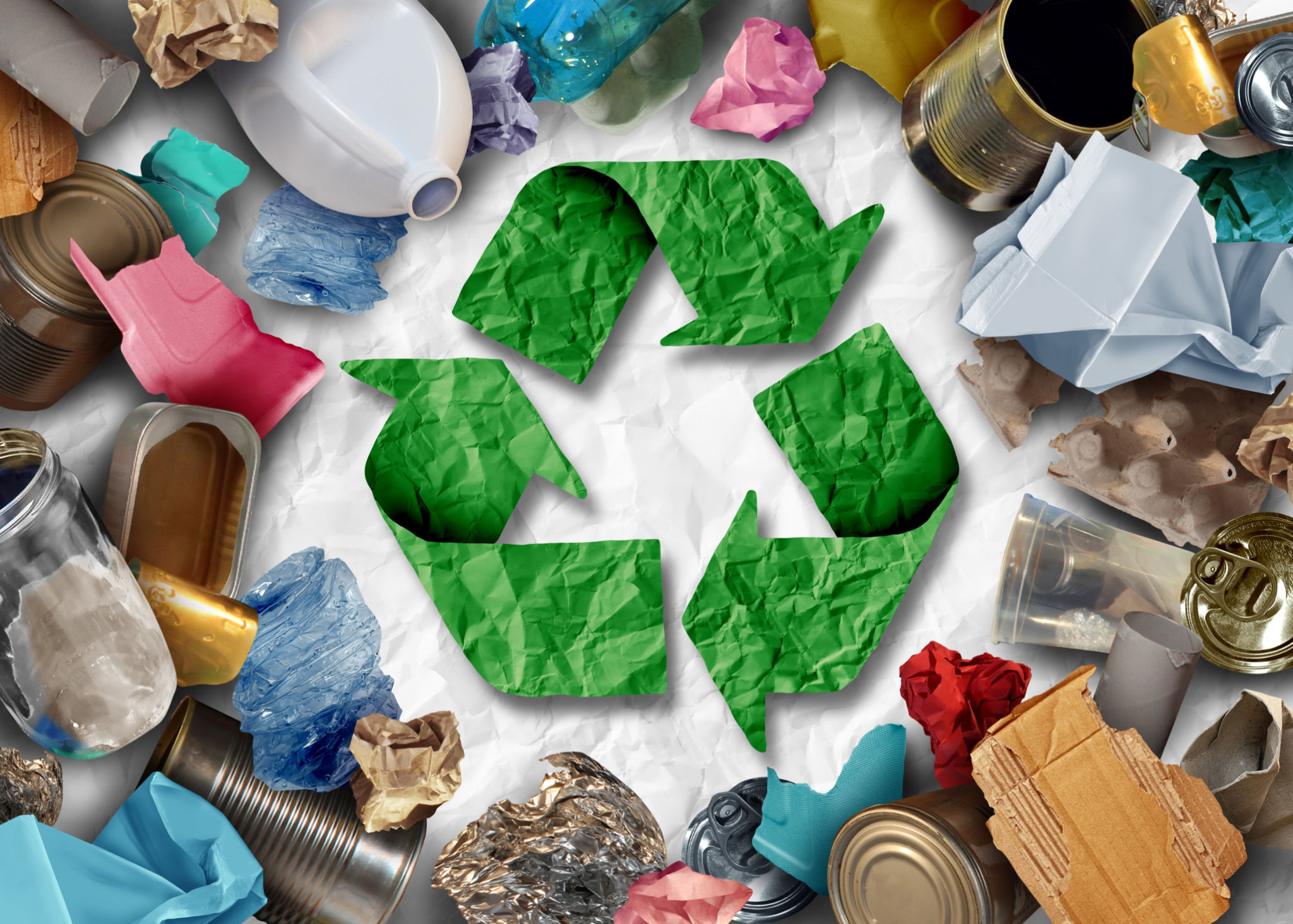Case Study: Successful Execution of a Plastics Recycling Project in Texas
Introduction to the Project
In recent years, the state of Texas has made significant strides in tackling environmental issues, particularly in the area of plastics recycling. One exemplary project that stands out is the successful execution of a large-scale plastics recycling initiative in Texas. This case study delves into the project's objectives, strategies, and outcomes, highlighting the key factors that contributed to its success.

Project Objectives and Goals
The primary objective of the plastics recycling project was to reduce the volume of plastic waste ending up in landfills across Texas. The project aimed to achieve a 30% increase in plastic recycling rates within the first two years. Additionally, it sought to raise public awareness about the importance of recycling and promote sustainable practices among local communities.
To meet these objectives, a comprehensive strategy was developed, focusing on community engagement, infrastructure enhancement, and partnerships with key stakeholders in the waste management industry.
Strategic Implementation
A critical component of the project's success was its strategic implementation plan. The project team worked closely with local governments, non-profit organizations, and businesses to establish a robust recycling infrastructure. This included setting up convenient collection points, improving sorting facilities, and investing in advanced recycling technologies.

Furthermore, an extensive educational campaign was launched to inform residents about the benefits of recycling and how they could participate. Workshops and seminars were conducted across Texas to empower communities with knowledge and resources necessary for effective waste management.
Partnerships and Collaborations
The project’s success was largely due to fruitful partnerships with various stakeholders. Collaborations with waste management companies ensured efficient collection and processing of plastic materials. Additionally, alliances with environmental NGOs helped amplify outreach efforts and fostered a sense of shared responsibility among participants.
- Local government partnerships for policy support
- Business collaborations for logistical and financial backing
- Community involvement for grassroots mobilization
Outcomes and Impact
The project achieved remarkable outcomes within a short span. By the end of two years, the recycling rate had surpassed initial targets, reaching a 35% increase. This led to a significant reduction in landfill waste and contributed to resource conservation and energy savings.

The educational initiatives also resulted in heightened public awareness, with more residents actively participating in recycling programs. The project not only provided environmental benefits but also created economic opportunities by generating jobs in the recycling sector.
Challenges and Lessons Learned
Despite its success, the project faced several challenges, such as logistical hurdles in rural areas and initial resistance from some community members. However, these obstacles were overcome through persistence and adaptability. Key lessons learned include the importance of continuous stakeholder engagement and the need for flexible strategies that can be tailored to specific community needs.
Overall, this plastics recycling project serves as an inspiring model for other regions aiming to enhance their sustainability efforts. Its success underscores the potential of collaborative approaches in addressing environmental challenges.

